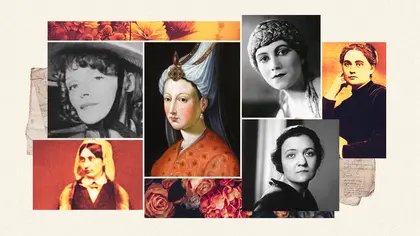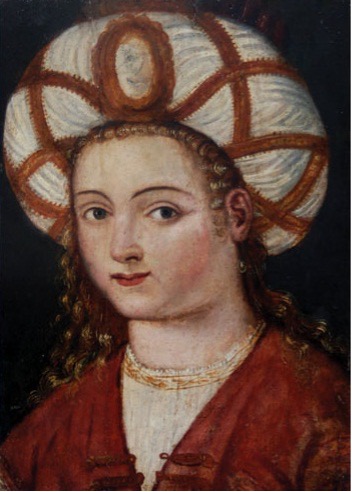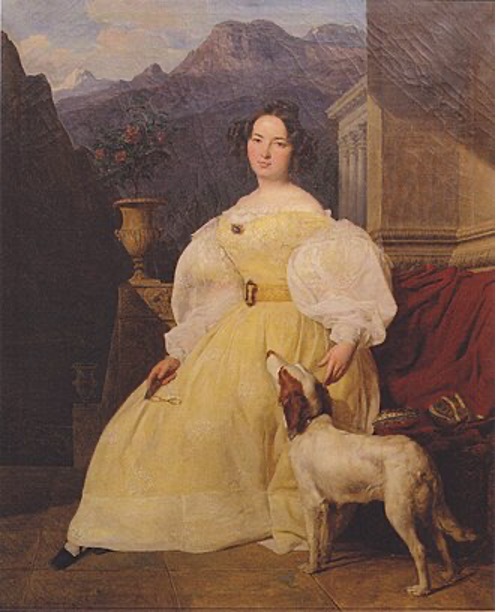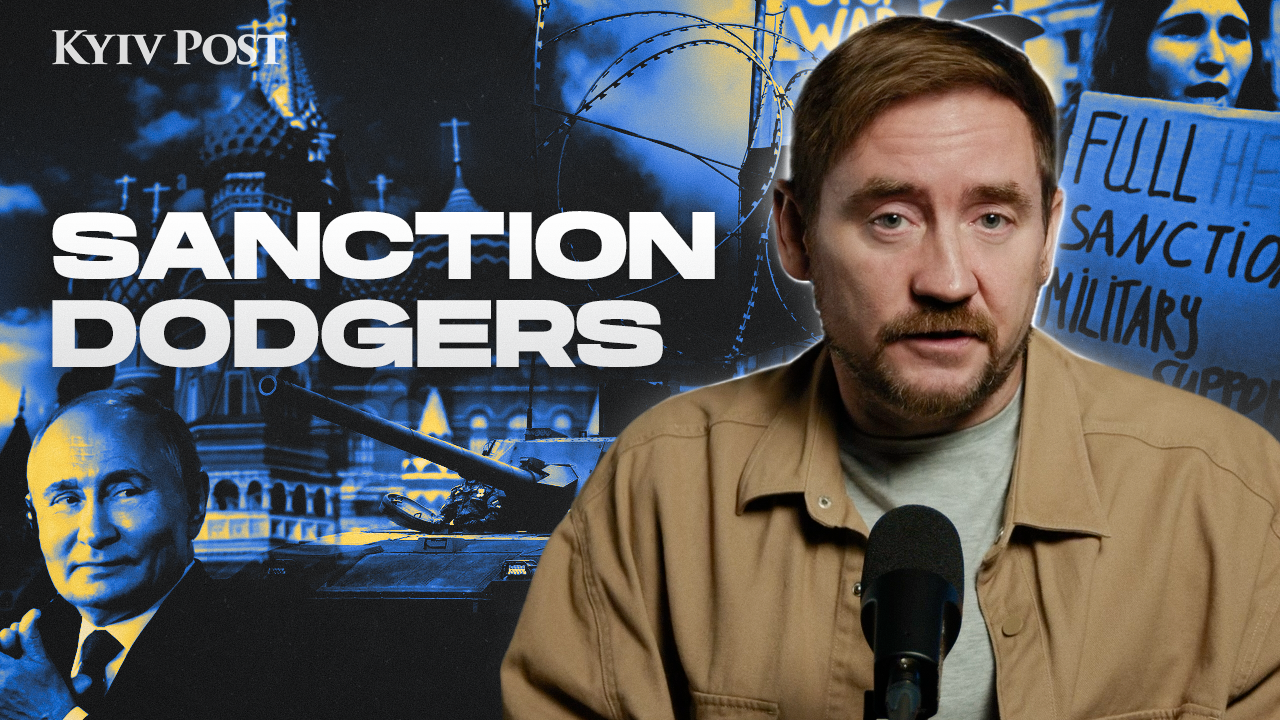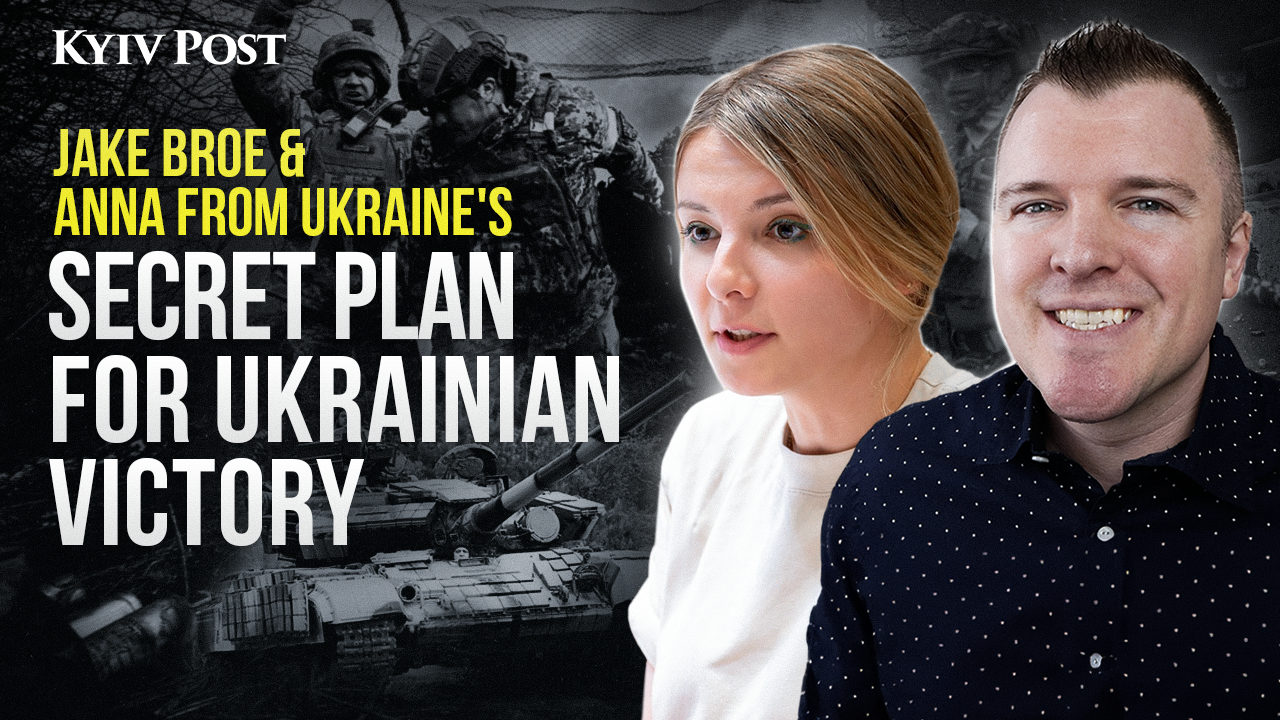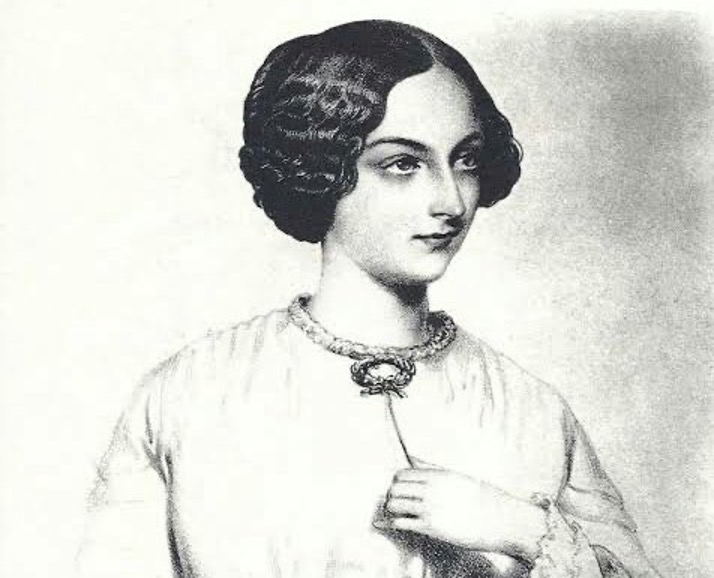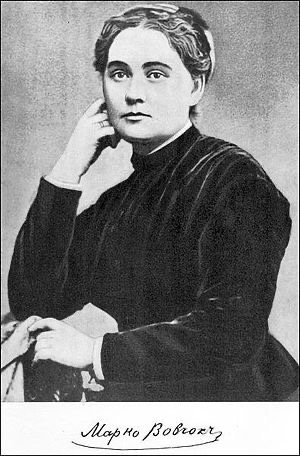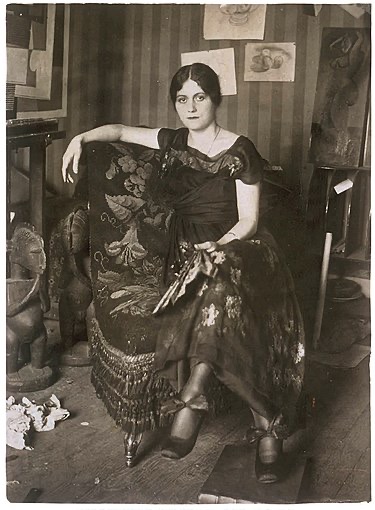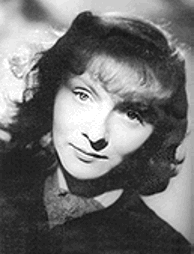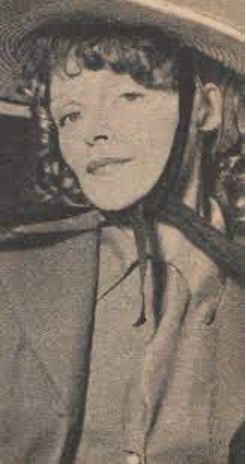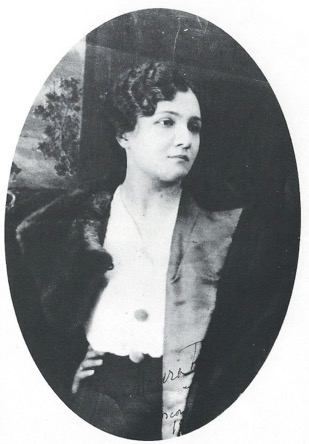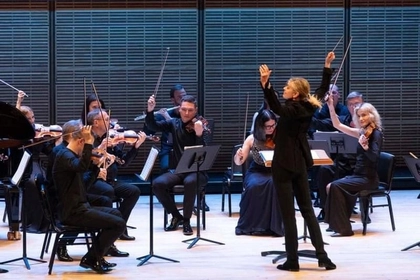Paris was one of the world’s leading centers of cultural and intellectual life for much of the modern period. But did you know that among the women that became muses, lovers or wives of some of the greatest artists and intellectuals of their day associated with the French capital, several of the leading femme fatales were from Ukraine. They have even been immortalized in their works.
This is not so surprising perhaps if you remember that the combination of beauty, brains and resourcefulness had characterized Anna of Kyiv and her sisters, who became the wives of the kings of France, Norway and Hungary in the 11th century. Or the legendary Roksolana, who in the 16th century was elevated from a harem slave to become wife of Suleiman the Magnificent, the grand ruler of the mighty Ottoman Empire.
Polish prize catches in Ukraine
JOIN US ON TELEGRAM
Follow our coverage of the war on the @Kyivpost_official.
More recently, in the 19th century the French novelist Honoré de Balzac was obsessed with a Polish noblewoman, Ewelina Hańska, whose husband had an estate near Kyiv. For 15 years he conducted a correspondence with her, calling her “the object of [his] sweetest dreams,” while she chastised him for his cynicism and negative portrayal of women.
When her elderly husband died, Balzac competed with the Hungarian composer Franz Liszt for Evelina’s affection and won. The couple were married in 1850 in Berdychiv, and then moved to Paris where Balzac died shortly afterwards.
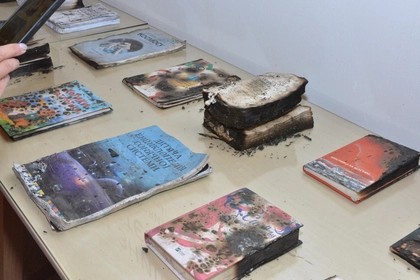
Portrait of a Book Fair in War Time
When Liszt arrived in Kyiv in January 1847, aged 35, he was already a much-travelled star and had acquired the reputation of a heartthrob. Unexpectedly, Kyiv and Ukraine proved to be a life-changing experience for him. Within days, he met the love of his life at a charity concert in the hall of Kyiv’s new university. He decided to stop his endless concert tours and settle down with his new love.
Her name was Carolyne zu Sayn-Wittgenstein, a very bright, attractive and extremely rich Polish woman who had been born in the Ternopil region and was unhappily married to a Russian military officer and aristocrat less wealthy than her with a German surname.
Carolyne invited Lizst to visit her estate in Woronince (Vinnitsya region). Thus began the composer’s most intense love story with a woman from Ukraine whom he described as “a great character united with a great spirit” that was to last for the rest of his life.
Ukraine’s George Sand
At around the same time another Ukrainian femme fatale appeared, and a true intellectual at that. She was the writer and translator Maria Vilinska, better known under her literary pseudonym, Marko Vovchok, Ukraine’s equivalent of George Sand or George Elliot. She wrote both in Ukrainian and Russian and, though an ethnic Russian, identified with Ukraine and its national movement, and helped make Ukrainian literature known internationally.
A critical realist and proto-feminist, Maria won fame not only in the Russian empire but also in Europe more broadly where she spent many years. Although not particularly good looking, she won both the hearts and minds of many of her distinguished colleagues at home and abroad. For instance, the Russian writer Ivan Turgenev noted in a letter dated Oct. 23 1860, “Mrs. Markovich (Marko Vovchok)… is here in Paris: she’s a wonderful woman.”
Maria had several younger lovers, two of whom died tragically, and eventually she married for the second time a suitor 17 years younger than her.
Picasso’s muse
While Maria was living out her final years, a young woman born in Nizhyn to an army officer’s family was embarking on her fascinating if ultimately tragic life. This was Olha Khokhlova, a graceful ballerina from a respectable conservative family with whom the brilliant rascal of an artist Pablo Picasso fell in love, married, fathered a son, painted again and again, and eventually left for a younger woman.
The already famous Spanish artist fell for the Ukrainian dancer while she was performing with Serge Diaghilev’s Ballets Russes in Paris. He wooed her, and when she agreed to marry him in 1918 – her father and brothers perished during the revolutionary turmoil in the Russian Empire and there was no way back home – she became his main model and muse throughout his classical period.
As their marriage collapsed, Picasso increasingly depicted Olha as a snobbish and neurotic depressive, and after he abandoned her in 1935, she was left alone with their son and faded into obscurity. Picasso refused to divorce her for financial reasons, and she died in Cannes in 1955, a dancer paralyzed by a stroke, and her life broken by the man she had not only inspired but also introduced, as her granddaughter wrote, “to the world of aristocratic taste and savoir-vivre.”
Olha was gradually removed from Pablo’s biography, but an exhibition devoted to her held during the summer of 2017 at the Picasso Museum in Paris did much to highlight the significance of this “mysterious woman.” One wonders if Picasso thought of Olha and Ukraine when he had posed in his later years in a Ukrainian embroidered shirt with his biographer Roland Penrose.
Existentialist rivalry and ménage à trois
In the mid-1930s in Paris, two of the greatest minds of the day, the philosophers and writers Jean-Paul Sartre, an icon of modern existentialism, and Simone de Beauvoir, who was to produce the classic feminist work The Second Sex, had already embarked on their unconventional shared love life. And a refugee girl from Kyiv, Olga Kosakiewicz soon played a major, if divisive, role in it.
De Beauvoir seduced her 17-year-old student and then involved her in a ménage à trois with Sartre. The bright young Olha was not keen on the diminutive, pipe-smoking Jean-Paul, but he, much to Simone’s resentment, became infatuated with the elusive Ukrainian. De Beauvoir poured out her rage in a novel called She Came to Stay, which, ironically, she dedicated to their young partner.
For his part, Sartre retold their complex story in his novel The Age of Reason – in which a philosophy professor unsuccessfully pursues a young student originating from the Russian Empire – and wrote roles for her in his plays, such as the aptly titled “No Exit” dealing with the tension between desire, fantasy and reality in love.
But the story got even more complicated as Olha’s younger sister Wanda, and that other great existentialist writer of the day, the good-looking Albert Camus, appeared on the Parisian scene. Sartre took his revenge on Olha, who had found another lover, by seducing her sister. He became obsessed by Wanda and even proposed to marry her. Camus, the author of the emblematic existentialist novel The Stranger (1942), had no problems in seducing Sartre’s young mistress.
Wanda appears to have enjoyed keeping her own ménage-à-trois going with the two philosophers, who now competed for her favors. At the end of 1944, Sartre wrote to De Beauvoir, who remained his constant lover in their open-ended relationship: “What did Wanda think she was doing, running after Camus? What did she want from him? Wasn’t I so much better?”
Sartre never forgave Camus, and their rivalry over a Ukrainian woman eventually was superseded in the 1950s by their ideological falling out over the Soviet Union, Sartre remaining a loyal pro-Moscow communist, and Camus becoming a staunch opponent of totalitarianism.
Olha, Wanda, Albert, Jean-Paul and Simone continued to change their partners and both of the Kosakiewicz sisters eventually settled down with French husbands. But in the turbulent late 1930s and 1940s, these smart, attractive and resilient women from Ukraine remained active on the Parisian intellectual scene and made their own undoubted contribution to the key debates of the day as defined by their illustrious French lovers – what the roads to freedom are and how to overcome the absurdity of the human condition.
Ukraine’s Mata Hari
And speaking of femme fatales from Ukraine, at least one other has to be mentioned – Baroness Moura Budberg, often called the “Russian” Mata Hari. She became the mistress of some of the leading literary and other engaging figures of the 20th century – simultaneously being the muse of Maxim Gorky and H.G. Wells. She ended her days in London as a celebrated society hostess, translator of Chekov, and script writer for films starring Lawrence Olivier and James Mason.
In fact, Moura was born in in 1892 as Maria Zakrevska to a well-known and affluent Ukrainian family in the Poltava region. Her great-grandmother Hanna was the great, if secret, love of Ukraine’s national poet Taras Shevchenko. He visited the Zakrevsky estate, painted portraits of Hanna and her husband Platon, and devoted poems to her when in exile for his political activities. Poltava was to remain a center of the Ukrainian national movement and Shevchenko was its icon. Maria, nicknamed Moura by her parents, was undoubtedly aware of this.
At the beginning of the 1950s, when two British diplomats, acquaintances of hers, were exposed as Soviet spies, she was investigated by the British intelligence services. She warned them that Sir Anthony Blunt, an advisor to the Queen, was a Soviet spy, but was not believed. He was exposed only in 1964. Britain’s MI5 cleared Moura, describing her in her file as “an unusually intelligent and amusing woman… a quite outstanding personality who can drink an amazing quantity, mostly gin.”
This is an expanded version of an article that was originally published in the July 2018 issue of the monthly in-flight magazine of Ukraine’s International Airlines – Panorama.
You can also highlight the text and press Ctrl + Enter


